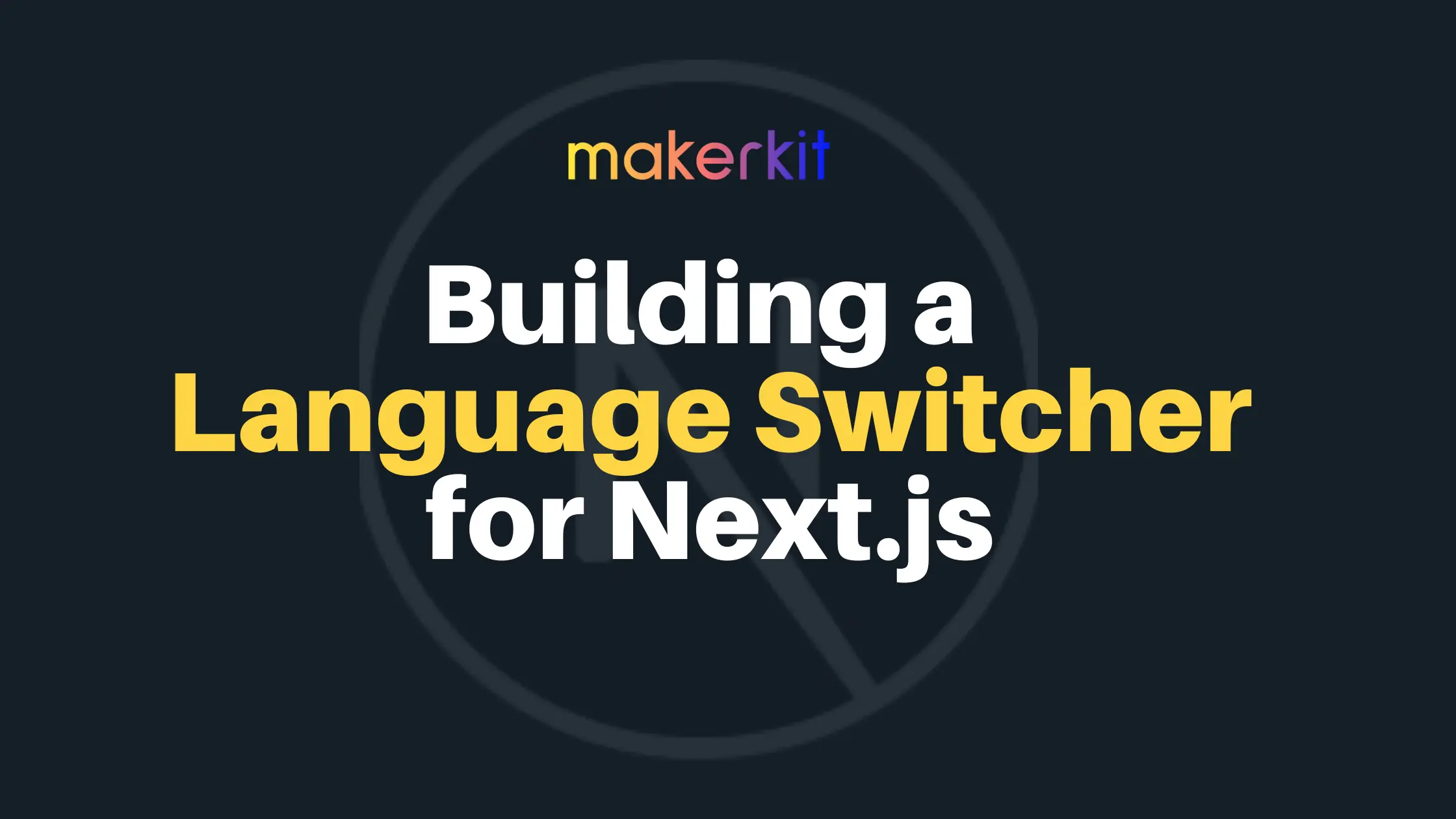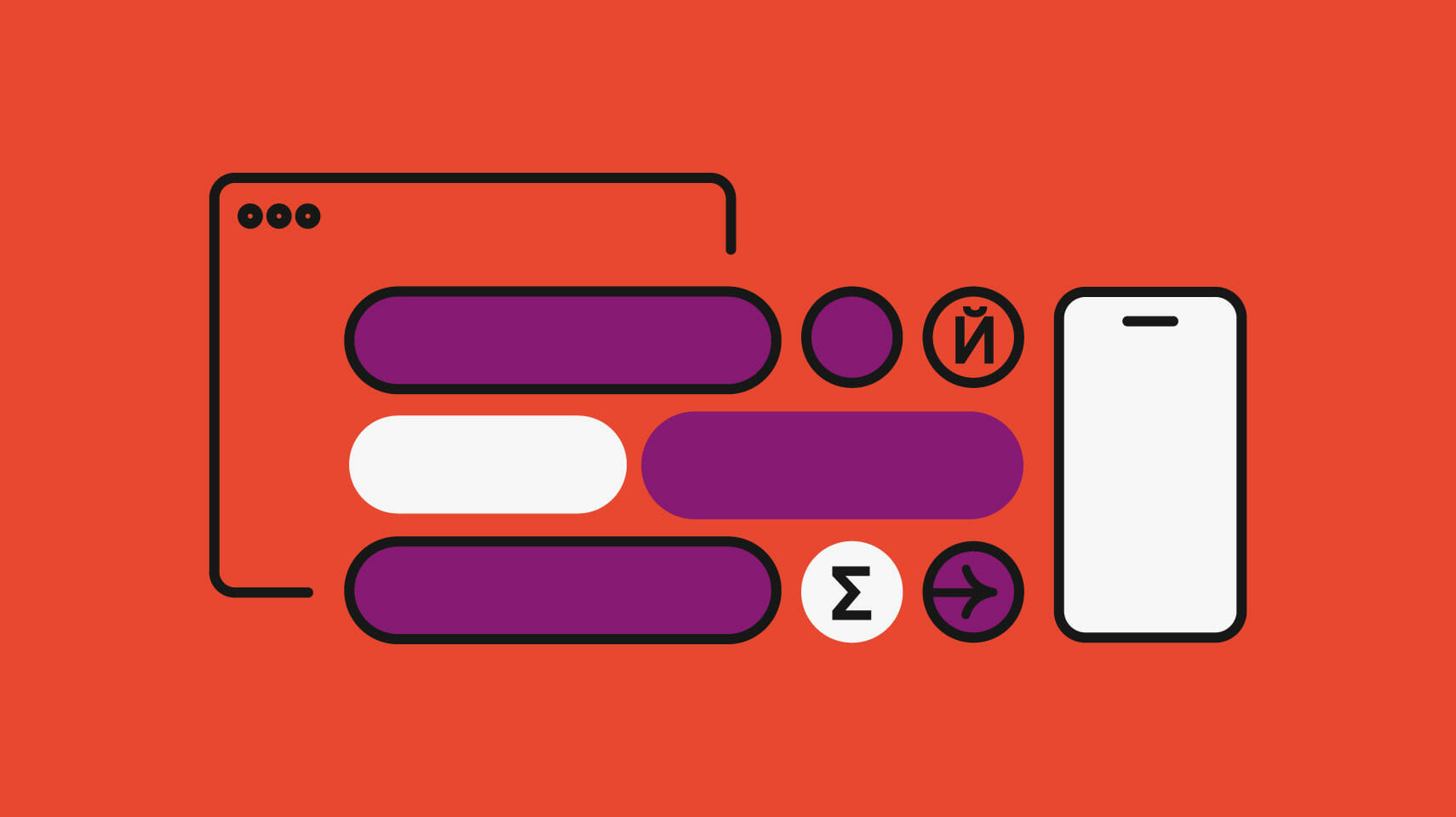Next-i18next: Get Current Language
Learn how to use the `useTranslation` hook from next-i18next to effortlessly retrieve the current language in your Next.js application.
Learn how to use the `useTranslation` hook from next-i18next to effortlessly retrieve the current language in your Next.js application.
This guide will help you get the current language in your Next.js app using the next-i18next library. First, install the necessary packages: next-i18next, react-i18next, and i18next. Then, create a configuration file (e.g., next-i18next.config.js) to define supported languages and settings. Next, wrap your application with the appWithTranslation higher-order component in your _app.js file. To access the current language, you have several options: use the useTranslation hook to get the i18next instance and its language property, use the withTranslation higher-order component to inject the t function and i18n instance as props, or access the router locale using the useRouter hook. Once you have the current language, you can use it for various purposes, such as conditionally rendering content, formatting dates and currencies, or loading language-specific resources. Remember to organize and load your translations, consider using a language switcher, and leverage the features of next-i18next and i18next for a complete internationalization solution.
Here's how to retrieve the current language in your Next.js application using the next-i18next library:
1. Installation:
Start by installing the required packages:
npm install next-i18next react-i18next i18next2. Configuration:
Create a configuration file for next-i18next. This file defines supported languages, default language, and other settings. For example, create a file named next-i18next.config.js in your project root with the following content:
module.exports = {
i18n: {
defaultLocale: 'en',
locales: ['en', 'fr', 'es'],
},
};3. Wrapping your application:
Wrap your application with the appWithTranslation higher-order component provided by next-i18next. This ensures translation functionality is available throughout your app. In your _app.js file:
import { appWithTranslation } from 'next-i18next';
function MyApp({ Component, pageProps }) {
return <Component {...pageProps} />;
}
export default appWithTranslation(MyApp);4. Accessing the current language:
There are several ways to access the current language within your components:
a) Using the useTranslation hook:
This hook provides access to the i18next instance and translation functions. You can get the current language using i18next.language:
import { useTranslation } from 'next-i18next';
function MyComponent() {
const { t, i18n } = useTranslation();
const currentLanguage = i18n.language;
// ...
}b) Using the withTranslation higher-order component:
This HOC injects the t function and i18n instance as props to your component:
import { withTranslation } from 'next-i18next';
function MyComponent({ t, i18n }) {
const currentLanguage = i18n.language;
// ...
}
export default withTranslation('common')(MyComponent);c) Accessing router locale:
Next.js provides access to the current locale through the router object. You can access it within your components using the useRouter hook:
import { useRouter } from 'next/router';
function MyComponent() {
const router = useRouter();
const currentLanguage = router.locale;
// ...
}5. Using the current language:
Once you have the current language, you can use it for various purposes, such as:
{currentLanguage === 'en' && <p>This is English content.</p>}
{currentLanguage === 'fr' && <p>Ceci est du contenu français.</p>}const formattedDate = new Date().toLocaleDateString(currentLanguage);import(`./locales/${currentLanguage}.json`).then((data) => {
// ...
});Remember:
next-i18next and i18next for a comprehensive internationalization solution.By following these steps, you can effectively retrieve and utilize the current language in your Next.js application, providing a localized experience for your users.
This code snippet demonstrates how to get the current language in a Next.js component using the next-i18next library. It imports the useTranslation hook to access translation functions and the current language information. The example retrieves the language code and displays it along with a translated greeting.
This example demonstrates how to access the current language in a Next.js component using the useTranslation hook from next-i18next:
import React from 'react';
import { useTranslation } from 'next-i18next';
function MyComponent() {
const { t, i18n } = useTranslation('common'); // Replace 'common' with your namespace
const currentLanguage = i18n.language;
return (
<div>
<h1>{t('hello')}</h1>
<p>The current language is: {currentLanguage}</p>
</div>
);
}
export default MyComponent;Explanation:
React and the useTranslation hook from next-i18next.useTranslation hook with the namespace where our translations are stored (replace 'common' with your actual namespace). This returns an object containing the t function for translating text and the i18n instance.language property of the i18n instance to retrieve the current language code (e.g., 'en', 'fr').t function to translate the 'hello' key from our translations and display it in a heading. We also display the current language code in a paragraph.Additional Considerations:
i18n instance accordingly.next-i18next configuration.Remember: This is a basic example. You can adapt and extend it to fit your specific needs and application structure.
next-i18next seamlessly integrates with Next.js's SSR and SSG capabilities, ensuring that the correct language is loaded and displayed on the initial page load, even when JavaScript is disabled.next-i18next to automatically detect the user's preferred language based on browser settings or other criteria. This enhances the user experience by presenting content in their preferred language without manual selection.i18next provides features for handling pluralization and formatting numbers, dates, and currencies according to the current language's rules.i18next instance directly.By carefully considering these additional notes and leveraging the full potential of next-i18next, you can create a robust and user-friendly multilingual Next.js application that caters to a global audience.
| Step | Action | Description |
|---|---|---|
| 1 | Installation | Install next-i18next, react-i18next, and i18next packages. |
| 2 | Configuration | Create next-i18next.config.js to define supported languages and default language. |
| 3 | Wrap Application | Use appWithTranslation HOC in _app.js to enable translations. |
| 4 | Access Current Language | |
| - useTranslation Hook | Access i18next.language within components. |
|
| - withTranslation HOC | Inject i18n instance as a prop. |
|
| - Router Locale | Use useRouter hook to access router.locale. |
|
| 5 | Utilize Current Language | |
| - Conditional Rendering | Display content based on language. | |
| - Formatting | Format dates and currencies according to locale. | |
| - Resource Loading | Load language-specific resources. |
In conclusion, implementing internationalization in your Next.js application using next-i18next is a straightforward process that involves installation, configuration, wrapping your application, and accessing the current language. By following the steps outlined in this guide, you can effectively provide a localized experience for your users, enhancing their engagement and satisfaction. Remember to consider additional factors such as language detection, namespace usage, pluralization, formatting, contextual translations, dynamic language switching, SEO, performance optimization, and testing to ensure a comprehensive and robust internationalization solution. With careful planning and implementation, you can create a Next.js application that caters to a global audience and expands your reach.
 next-i18next - npm | The easiest way to translate your NextJs apps.. Latest version: 15.3.0, last published: 24 days ago. Start using next-i18next in your project by running
next-i18next - npm | The easiest way to translate your NextJs apps.. Latest version: 15.3.0, last published: 24 days ago. Start using next-i18next in your project by running npm i next-i18next. There are 142 other projects in the npm registry using next-i18next. Building a Language Switcher for Next.js | In this article, we create a Language dropdown to switch to another language using Next.js and next-i18n.
Building a Language Switcher for Next.js | In this article, we create a Language dropdown to switch to another language using Next.js and next-i18n. A Guide to React Localization with i18next | Phrase | React-i18next is a powerful set of components, hooks, and plugins that sit on top of i18next. Learn how to use it to internationalize your React apps.
A Guide to React Localization with i18next | Phrase | React-i18next is a powerful set of components, hooks, and plugins that sit on top of i18next. Learn how to use it to internationalize your React apps.